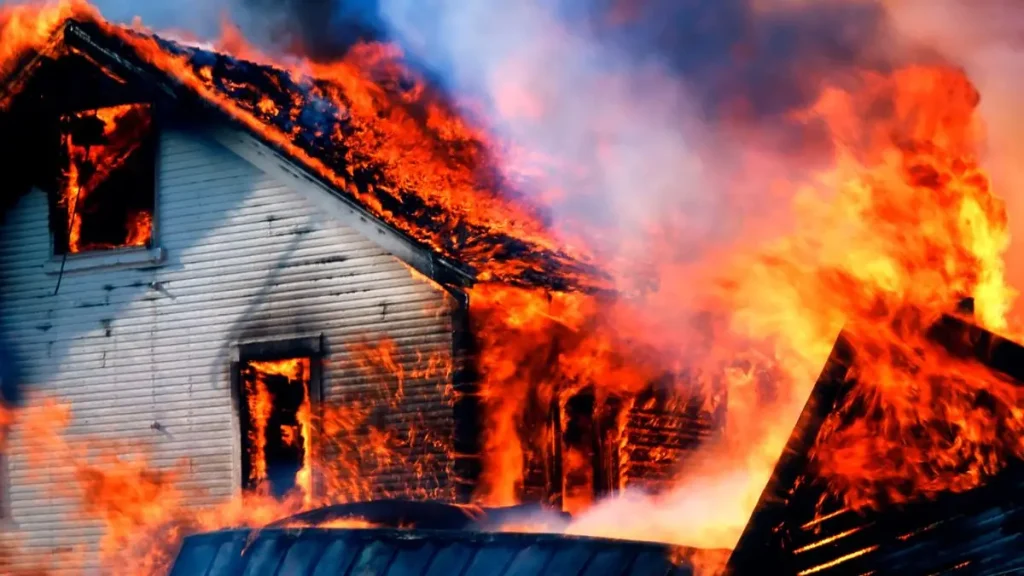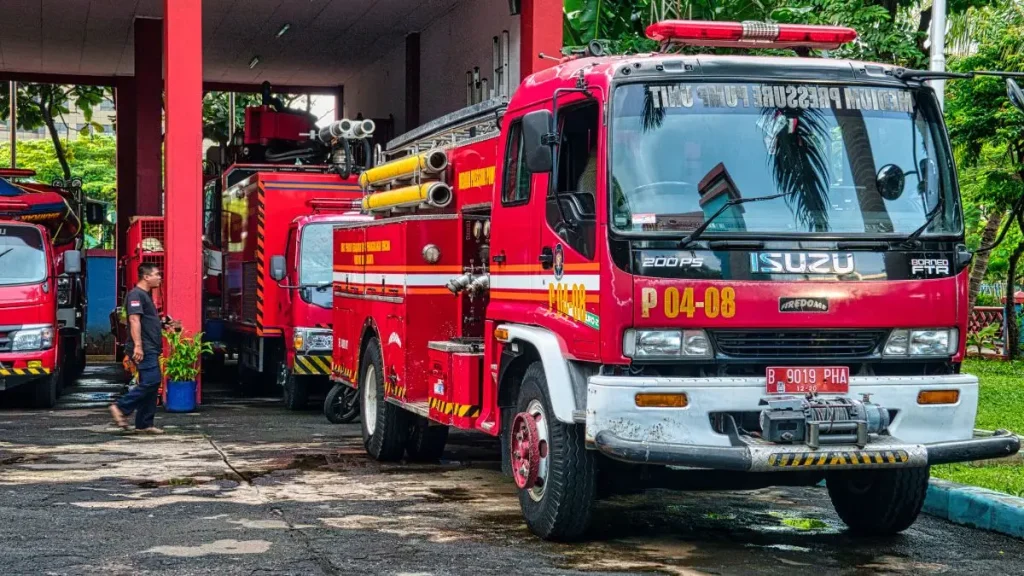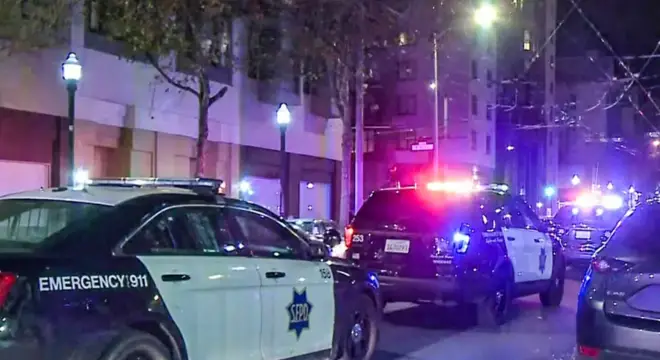Manlius Home Damaged After Garage Fire Breaks Out
I’ve seen many early morning fire reports over the years, but something about a house going up in flames while it’s still being built hits different. Around 1 a.m. on July 9, firefighters rushed to Kevan Circle in the Village of Manlius after flames tore through a garage attached to a vacant, under-construction home.
The neighborhood sits just off Highbridge Road—quiet, suburban, the kind of place where you’d expect peace at night. But that silence was broken by emergency sirens and smoke cutting through the dark. According to Manlius Deputy Fire Chief Greg VanDyke, the fire was already raging by the time crews arrived. It started in the garage and moved fast.
Crews got it under control in about 15 minutes—but that doesn’t mean it was minor. Firefighters stayed on scene for nearly three hours, making sure it didn’t reignite and checking for hot spots. No one was hurt, thankfully.
The house was empty and still being worked on, which likely prevented injuries. But what’s left now is a shell of what was meant to be someone’s future home.
Fires like this raise questions beyond just “what happened?”—and we’re going to dig into all of it. From the possible cause to safety lessons for anyone building or renovating, there’s more to this story than just flames and smoke.
Have you ever lived near a home under construction? Did you ever think about fire risks like this? Tell me what you think—scroll down and let’s talk.
What Really Happened That Night on Kevan Circle?
feeling in your chest. That’s exactly what happened for folks living around Kevan Circle early Thursday morning, July 9.
According to WSYR News, firefighters got the call around 1 a.m. They arrived to find the garage of a home completely engulfed in flames. The fire had already taken hold by the time crews pulled up.
The house was still under construction, and thankfully, no one was living there. Even so, it doesn’t take much for things to spiral—especially when you’re dealing with construction materials, exposed wiring, and unfinished walls.
What stood out to me was how fast it was handled. Firefighters had the blaze under control in about 15 minutes, but they stayed on site for nearly three hours. That’s not just about cleanup—it’s about making absolutely sure no hidden flames reignite.
You might think: “It’s just a construction site. No one was inside.” But think about the investment, the time, and the plans tied to that property. Someone’s future home—gone overnight.
What Caused the Manlius Fire? Investigators Still Digging for Answers

Now here’s the part that makes you pause: as of now, we still don’t know what sparked the fire.
Syracuse reported that the exact cause is under investigation. What we do know is that the fire started in the garage area—exactly where you’d expect tools, construction gear, or temporary electrical setups to be stored.
And let’s be honest, garages in under-construction homes can be ticking time bombs if even one safety step is missed. A power tool plugged in overnight. A stray spark near paint cans. It doesn’t take much.
If you’re ever renovating or building—even if it’s a small project—this should be a wake-up call. Never assume a vacant property is “safe” just because no one’s sleeping inside.
Investigators will eventually release their findings, but even before that, it’s worth asking: what would happen if this were your project?
Tragedies like the Washington State fire that killed a father and daughter remind us that even a single missed safety cue can ripple through an entire neighborhood.
How Bad Was the Damage?
Let’s talk real impact.
From the outside, it might look like just the garage burned—but the truth is, fire doesn’t care about boundaries. The structure was still in progress, so it likely didn’t have all the fire-resistant features a finished home would.
The fire torched the garage and caused heavy damage to the surrounding frame. No one was hurt—thankfully—but imagine being the person who poured time and money into building that place. You’re not just looking at repair work; you might be starting from scratch.
No injuries were reported, which is the one bright spot in this whole event. But just because no one got hurt doesn’t mean the damage wasn’t deep. This fire erased months of work in just a few minutes.
And if you’ve ever been part of a building project, you know how fragile progress can be. A single night can set you back by half a year.
Have you ever seen a project like this fall apart due to something out of your control? Drop a comment below—let’s talk about it.
Why Construction Sites Are Fire Magnets?
Let me ask you something: would you leave flammable liquids, open wires, and no fire alarm system sitting alone overnight in your house?
Probably not. But that’s exactly what happens—unknowingly—at many homes under construction.
When a property is still being built, there are all kinds of fire risks:
- Flammable materials like insulation, varnish, and wood dust
- Uncovered wiring or temporary lighting
- No active sprinkler systems or alarms
- Contractors using heat guns, saws, or even smoking on site
And when nobody’s there to notice a small spark or smell smoke, it doesn’t take long for a small flare-up to become a full-blown disaster.
If you’re a homeowner planning a build—or even just a reno—you’ve got to treat that site like it’s already your home. Ask your contractor about safety protocols. Don’t assume it’s being handled.
One overlooked detail can burn everything down—literally.
I recently came across a quick safety update shared via a WhatsApp community that discusses fire hazards during home builds—turns out, even temporary wiring can become a trigger point if left unchecked overnight.
Fire Department Response & Capacity in Manlius

Let’s give credit where it’s due: the response from the Manlius Fire Department was fast and organized.
Deputy Fire Chief Greg VanDyke confirmed that crews reached the scene quickly and brought the flames under control in just about 15 minutes. That kind of turnaround can mean the difference between a fire staying contained or spreading to nearby homes.
Even after the fire was out, firefighters stayed for nearly three hours. That’s not overkill—it’s smart. Fire can hide in walls, ceilings, insulation. A second flare-up could’ve done even more damage.
The Manlius FD doesn’t work alone either. In big incidents like this, departments from nearby towns often jump in to help. Mutual aid systems in places like Fayetteville or Dewitt make sure no emergency goes unanswered.
It’s one of those things you never really think about—until your street fills with flashing lights and hoses.
In fact, we’ve seen how something as simple as an overloaded outlet—like in the Pensacola fire caused by an electrical fault—can lead to major losses.
What’s Next? Investigation & Reconstruction Timeline
After the flames are gone, that’s when the real process starts.
Right now, investigators are trying to figure out what caused the fire. That’s step one. It could take days—or even weeks—depending on how badly the structure was damaged.
Next comes the insurance part. And if you’ve ever dealt with fire claims, you know they’re never easy. Since the home was under construction, the owner likely had a builder’s risk policy or construction-specific coverage. That means paperwork, site inspections, and probably a lot of back-and-forth with adjusters.
And then? Cleanup. Permits. Rebuilding. Maybe even starting all over again from the foundation. It’s exhausting, expensive, and takes months—sometimes a year or more.
So when you hear someone say, “At least no one was hurt,” that’s true. But it doesn’t mean the story is over.
Much like the Lakeland fire in Polk County, post-fire recovery in Manlius will likely involve insurance hurdles and months of structural rebuilding.
Key Takeaways: Fire Safety When Renovating a Home
Let me boil this down into something useful for you—especially if you’re building or remodeling.
Here are a few key things to remember:
- Never leave power tools plugged in overnight. Even one overheated charger can spark something big.
- Store paint cans, varnish, and solvents safely. Away from heat. Away from light.
- Install temporary smoke detectors. Cheap, battery-powered units can alert nearby homes if something goes wrong.
- Talk to your contractor about fire safety. Don’t assume they’re handling it—ask how they’re reducing risk when no one’s on site.
Just because a home isn’t finished doesn’t mean it’s off the hook. If anything, it’s more vulnerable.
If you’re planning a project soon, take this fire as a serious reminder: prevention starts with questions.
Final Thoughts
This fire didn’t make national news. It didn’t involve a massive loss of life or a row of homes burned down.
But it matters.
Because it was someone’s future. A house they were working toward. A neighborhood shaken in the middle of the night. And a fire department that stepped in, did their job, and kept things from getting worse.
If you’re reading this and you live in Manlius—or anywhere, really—think about how quickly something like this can happen. And maybe check in with your local fire crew. A quick thank-you message on social media goes a long way.
And if this story stuck with you, share it. Talk about it. Help someone else avoid the same risks. Because the next time, it might be your street.
Looking for more fire safety and home protection tips? Visit our Home Incidents section for articles that keep your space safe.
Disclaimer: This article is based on publicly available news reports and official statements as of July 2025. Details about the investigation or cause of the fire may change as new information is released. For official updates, please refer to local authorities or the Manlius Fire Department.
⭐ Subscribe to Our Newsletter
Subscribe to the publishers newsletter to receive the latest news and updates directly in your inbox


